Francisco Goya is one of the most important Spanish painters. He was born on March 30, 1746 in the village of Fuendetodos, near Zaragoza, into a middle-class family. He studied under José Luzán, concentrating on works by Tiepolo and Mengs. In 1769 he traveled throughout Italy in order to study artworks by master artists from the past. In 1775 he obtained his first important assignment: Spanish royal authorities commissioned him to create a series of sketches for tapestries destined for the Royal family’s summer residence. The style Goya employed in the drawings was still connected to eighteenth century traditions, but his choice to portray happy scenes of everyday life instead of mythological subjects was innovative, and marked the beginning of his professional ascent. Goya’s flamboyantly colorful painting fascinated aristocracy in Madrid. He was commissioned to paint several portraits, and within 10 years [1789] became an official court painter.
But Goya was soon struck by a serious illness [1792] that left him completely deaf. This disability made his painting gloomy and visionary: dark tones, dramatic accents and distressing images prevailed. Despite his disease, Goya's career advanced, and he was made first court painter in 1799. [Primer pintor de Cámara] At court, he painted a renowned portrait of the royal family. By then, his style had changed: the sovereigns are almost caricatures and their features are close to grotesque. At the same time he unveiled a series of etchings: The Caprices [Los Caprichos]. His satirical vein was expressed in more than 80 panels, through which the artist denounced human vices and hypocrisy common to all societies. In the early years of the nineteenth century Goya dedicated himself mostly to painting portraits of women, among them the famous La Maja denuda, doing so despite Inquisition rules that prohibited the representation of female nudity. During Napoleon’s rule, [1808-1814] Goya retained his place at court. He realized a series of etchings and paintings denouncing the atrocities of war. The Third of May 1808, his most intense and dramatic work, became the symbol of Spanish resistance against its French invader. With the return of the Spanish sovereigns, [1814] his role at court became uncertain. He retired to his country home, called the Quinta del sordo, where he painted the walls with the mournful and menacing Black paintings.
But Goya was soon struck by a serious illness [1792] that left him completely deaf. This disability made his painting gloomy and visionary: dark tones, dramatic accents and distressing images prevailed. Despite his disease, Goya's career advanced, and he was made first court painter in 1799. [Primer pintor de Cámara] At court, he painted a renowned portrait of the royal family. By then, his style had changed: the sovereigns are almost caricatures and their features are close to grotesque. At the same time he unveiled a series of etchings: The Caprices [Los Caprichos]. His satirical vein was expressed in more than 80 panels, through which the artist denounced human vices and hypocrisy common to all societies. In the early years of the nineteenth century Goya dedicated himself mostly to painting portraits of women, among them the famous La Maja denuda, doing so despite Inquisition rules that prohibited the representation of female nudity. During Napoleon’s rule, [1808-1814] Goya retained his place at court. He realized a series of etchings and paintings denouncing the atrocities of war. The Third of May 1808, his most intense and dramatic work, became the symbol of Spanish resistance against its French invader. With the return of the Spanish sovereigns, [1814] his role at court became uncertain. He retired to his country home, called the Quinta del sordo, where he painted the walls with the mournful and menacing Black paintings.
RELATED
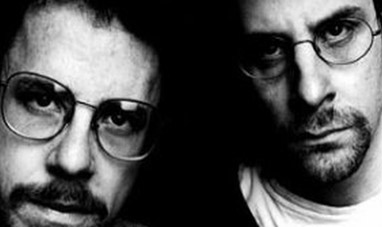

JOEL AND ETHAN COEN
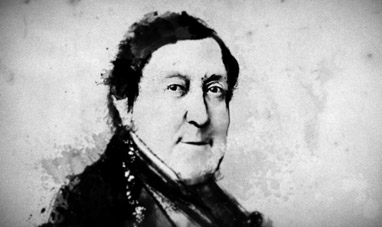

GIOACCHINO ROSSINI
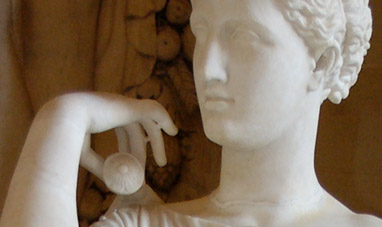

PRAXITELES
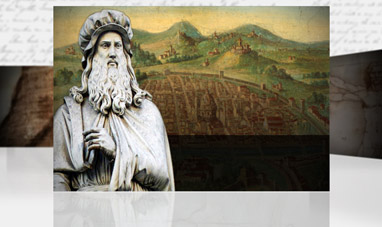

LEONARDO DA VINCI


GIULIO PAOLINI
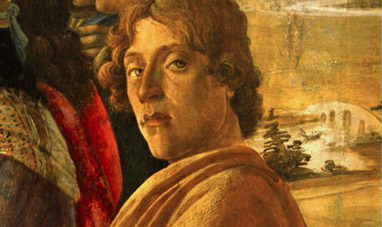

SANDRO BOTTICELLI


GIUSEPPE PENONE


MARCELLO MASTROIANNI


ADOLF LOOS
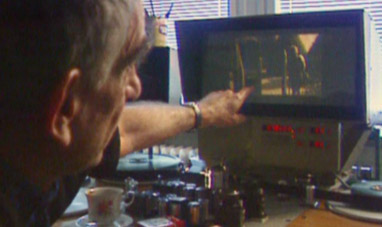

KRZYSZTOF KIELOWSKI


BRAD PITT
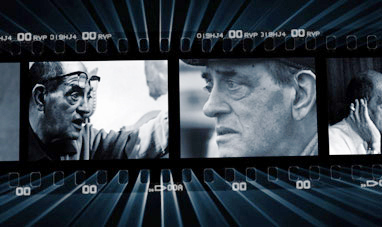

LUIS BUÑUEL


SERGIO LEONE
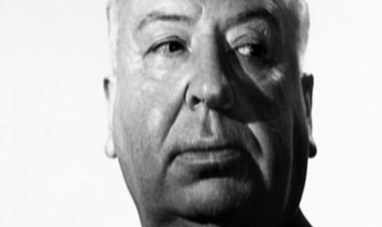

ALFRED HITCHCOCK


RENZO PIANO
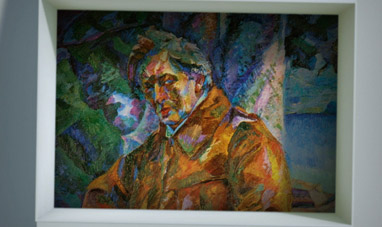

UMBERTO BOCCIONI


ANTONIO CANOVA


DANIEL LIBESKIND
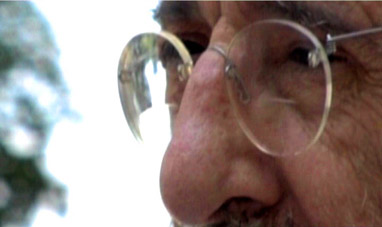

ÁLVARO SIZA VIEIRA


GUSTAVE EIFFEL


PHARRELL WILLIAMS
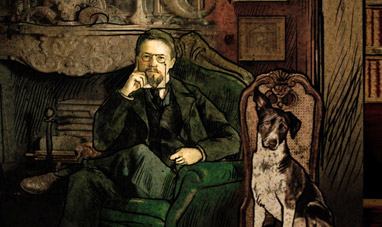

ANTON CHEKHOV
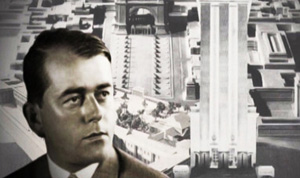

ALBERT SPEER
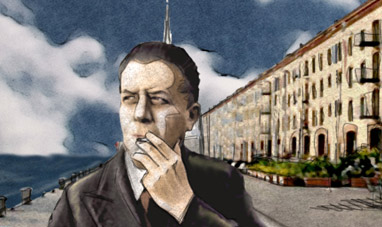

EUGENIO MONTALE
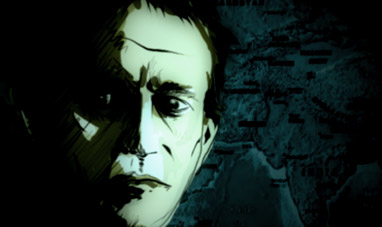

BRUCE CHATWIN
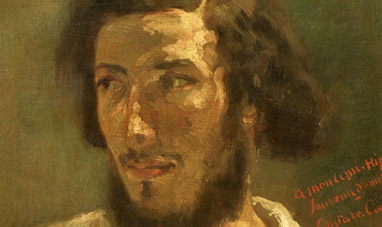

GUSTAVE COURBET
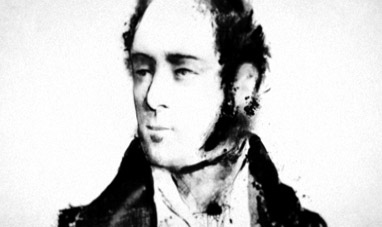

VINCENZO BELLINI


MICHELANGELO ANTONIONI
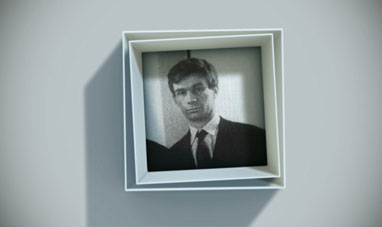

ENRICO CASTELLANI
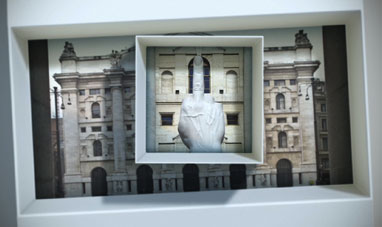

MAURIZIO CATTELAN
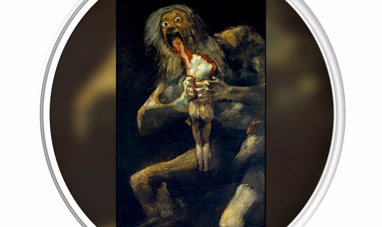

SATURN DEVOURING HIS SON


FRANCIS SCOTT FITZGERALD


JOHANN SEBASTIAN BACH
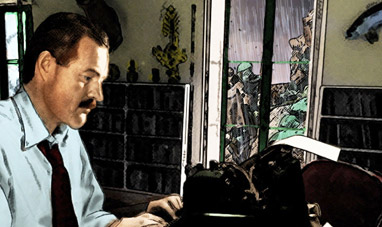

ERNEST HEMINGWAY
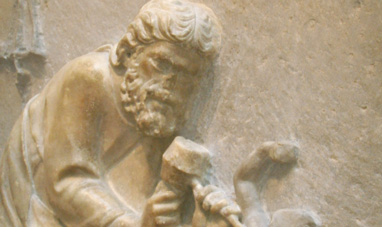

LYSIPPOS


STEVEN SPIELBERG
